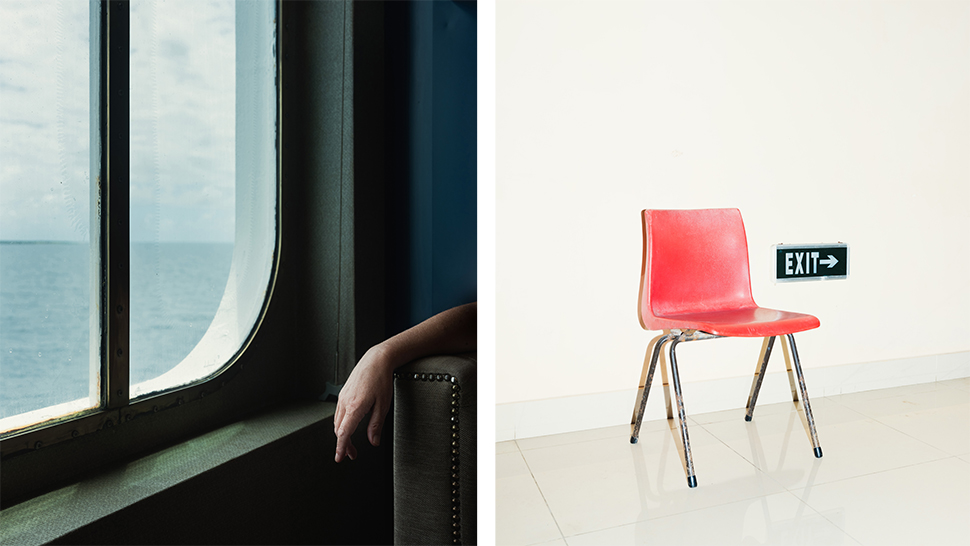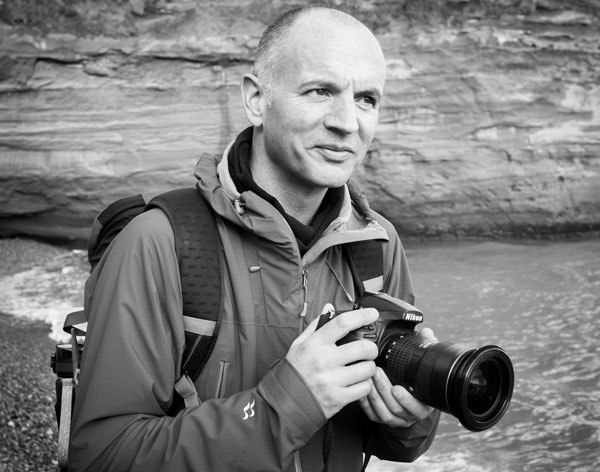

Benedict Brain is a UK-based photographer, journalist and artist. He is an Associate of the Royal Photographic Society and sits on the society’s Distinctions Advisory Panel. He is also a past editor of Digital Camera Magazine, and the author of You Will be Able to Take Great Photos by The End of This Book.
Looking through my images one day, I realized that I was framing in the landscape orientation more often than not. It wasn’t deliberate, and this made me curious about the cause. Despite thinking about it a lot, I’m not sure. However, I did decide to try to make more images in the vertical orientation and see how this affected my image-making.
It was liberating in a way, and I sense that my creative process has opened up as a consequence. Of course, I’d taken vertically oriented images before, but I was holding on to some sort of horizontal hang-up, and it was good to be free of it.
It occurred to me retrospectively that one of the unexpected and delightful aspects of shooting upright was how it felt much more natural from a purely design point of view to pair images together. This then opens up bags of potential creative fun, playing with ideas around diptychs.
I love the idea of the diptych, especially as a way to alter meaning and create narratives by placing two images next to each other. Ralph Gibson speaks eloquently on the subject in his book, Refractions: Thoughts on Aesthetics and Photography. He talks about overtones in music, and how a struck note will reverberate and mix with other struck tones to create new impressions.
He says that placing two images together has the same effect, and the overtones can create interesting points of departure for further enquiry and ‘readings’ that don’t speak to the photographs’ face value. This way of reading images can produce myriad stories and interpretations. I love how Gibson describes it: “The images reverberate infinitely back and forth, creating a hall of mirrors in the mind.”
These two images taken on my travels were made several days apart in different locations. I love the way they work together. The hand, window and ocean have a sense of intrigue, suggestive of a novel, while the lone, isolated red chair in its stark, clinical surroundings with only an exit sign for company adds to the story. I’m not sure what it means, but the resonance between the images works, with the overtones creating new narratives and meanings. I shall make more.
• Other articles in the Art of Seeing series
Read more:
• The 50 best photographers ever
• 100 best photography quotes from famous photographers
• The best coffee-table books on photography







